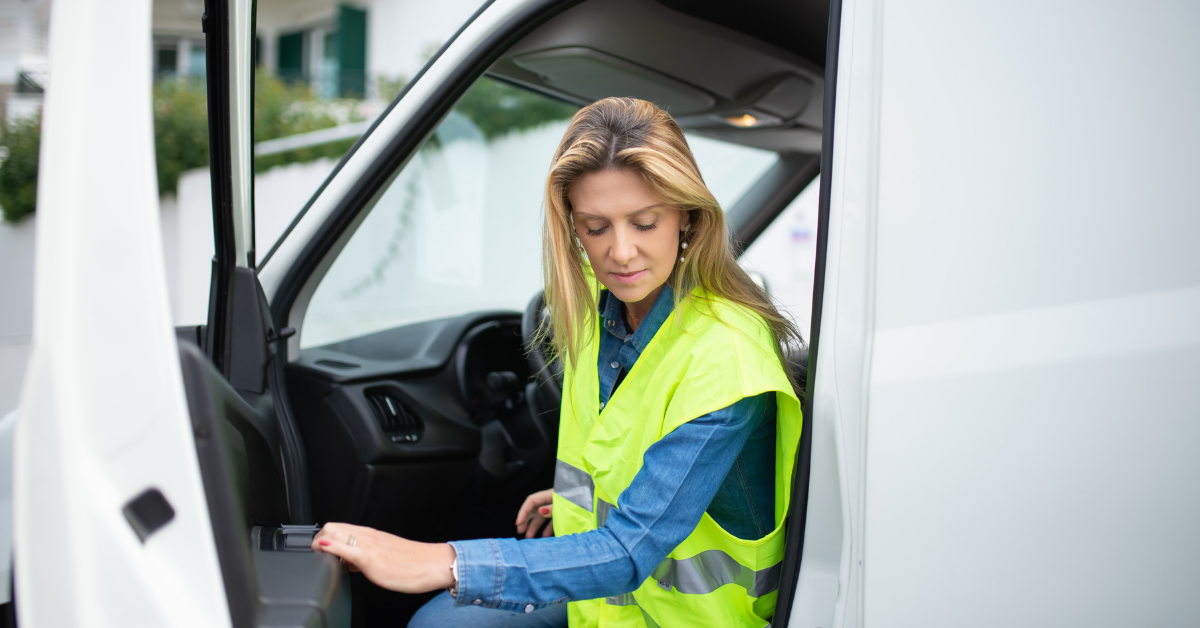Lone Worker Solutions

On this page, our Lone Worker section presents their resources on the importance of lone worker solutions within businesses that serve as first-hand protection for employees.
We'll delve deep into our campaign to present lone worker solutions as "PPE", defining lone worker in a new flexible/hybrid employee setting, and demonstrating inclusive language of all solution types.
Defining Lone Worker
Lone working is defined by the Health & Safety Executive (HSE) as people who work by themselves without close or direct supervision. This doesn’t necessarily mean that the worker is physically alone; it means they are in a separate location to the rest of their team or manager. For example, a retail worker putting stock away by themselves is classed as a lone worker the same as a meter reader entering someone’s home.
If an employee cannot be seen or heard by a colleague, they are a lone worker – whether that be for all or part of their working day. This also includes staff who work from home.
It is estimated that up to 8 million people in the United Kingdom are lone workers. That’s 22% of the 31.2m UK working population. The NHS alone employs up to 100,000 healthcare professionals (9% of its workforce) who work on their own every day.

Defining "PPE"
As per the HSE website:
PPE is defined in the PPER 1992 as ‘all equipment (including clothing affording protection against the weather) which is intended to be worn or held by a person at work and which protects the person against one or more risks to that person’s health or safety, and any addition or accessory designed to meet that objective’.
Where an employer finds PPE to be necessary after a risk assessment, using the hierarchy of controls explained below, they have a duty to provide it free of charge.
What we want to achieve
We want to raise awareness of the inclusion and recognition of lone worker solutions as recognised PPE. Employees serve to be equipped with a solution to protect against varying risks that may present within their job spec.
Why language is important
Our Lone Worker section at the BSIA regularly approaches the topic of the changing work landscape. With that more and more solutions are needed to help adapt to different environments.
Both physical solutions and digital solutions are available to protect the health and safety of employees rather than just physical devices, therefore to ensure inclusivity the language used in this campaign will centre around the term "solutions".
